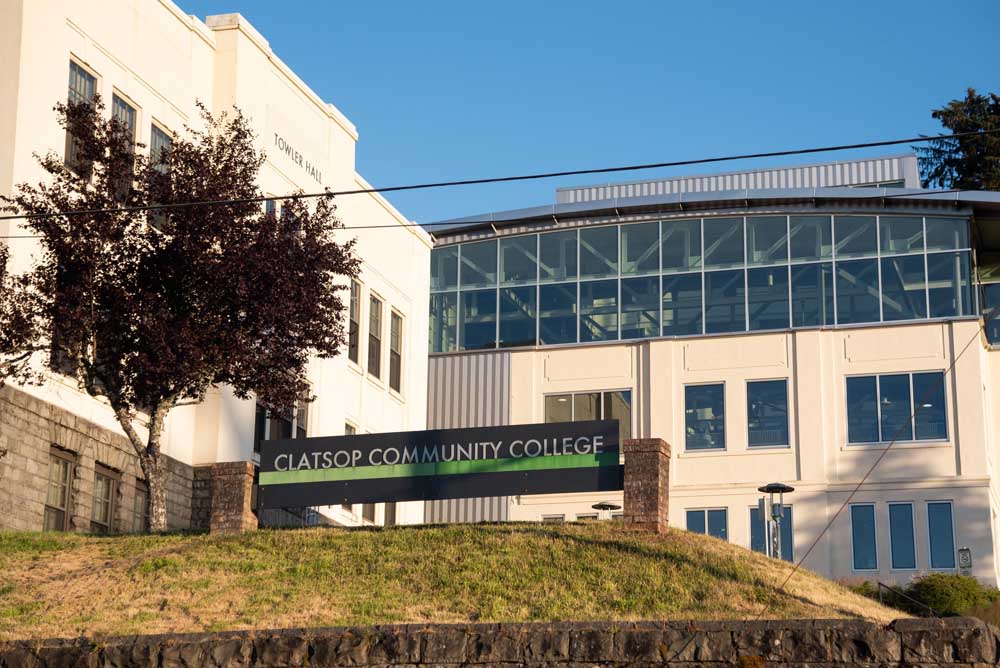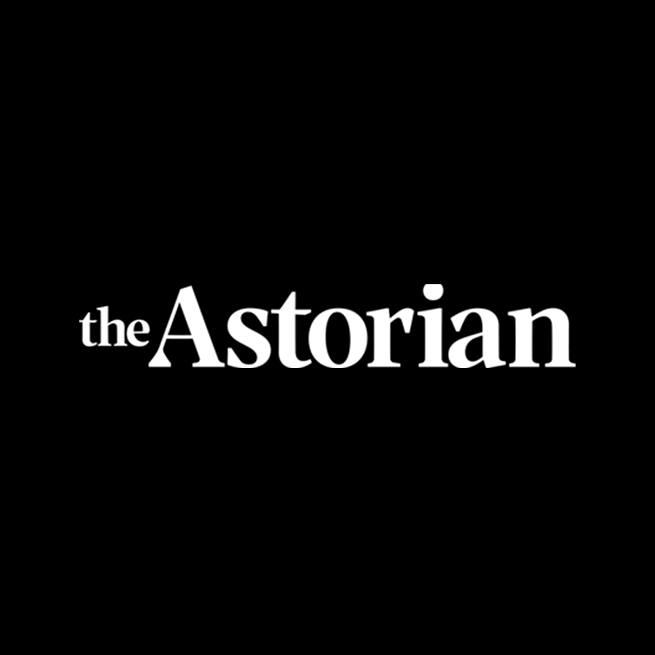Holladay House hotel was beach resort destination in the late 1800s
Published 5:00 pm Wednesday, October 22, 2008
Before Cannon Beach boasted a single hotel, a place called the Holladay House thrived on the opposite side of Tillamook Head, to the south of Seaside. It got going in the 1870s – almost 30 years before Cannon Beach’s first resort. It was a harbinger of things to come once a road over Tillamook Head improved access to the beaches around Haystack Rock.
Trending
The Holladay House was a product of an earlier time, which stokes my interest. For one thing, wild animals were abundant around the hotel. Wolves and cougars were seen in surrounding hills, and bears intermittently tormented visitors. Muskrats and mink were plentiful.
Also interesting about the Holladay House was the intersection of American Indians, settlers and tourists at the resort. By the 1870s, the Indian population of the region had dwindled, but several indigenous people remained. According to the book Life on Clatsop, most resided in villages at opposite ends of the Clatsop Plains, with one village being not far from the Holladay House.
Residents of these communities intermingled with newcomers and often helped them with food provision and other needs. It is reported that most of the food consumed by settlers in the area was supplied by Indians, including a good portion of the food served at the hotel.
Trending
Some folks dried meat and sold or shared it with neighbors, while some sold gathered foods, such as clams or berries. Life on Clatsop reads, “The Indians sometimes wished to sell or trade [these foods] for some interesting item, but often they were brought simply as gifts from a friend.”
In addition, local Indians were employed as storytellers by the Holladay House. The stories of the “Beeswax Ship” and of a shipwreck near Neahkahnie Mountain were such popular tales at the Holladay, and greatly in demand by tourists desiring a rousing yarn, they eventually assumed the shape of legends. It is now difficult to tease out fact from the fiction.
The Holladay House was a place to come and enjoy a good time. The hotel had its own track for horse races, and even a zoo. The unfortunate occupants of the zoo were a monkey and various local creatures such as deer, elk or bears.
In one story in Life on Clatsop, a local boy chased the resident monkey after it had broken loose. The wily critter made it to the beach and took refuge in one of the bathhouses. Resort guests made off like lightning once the monkey appeared. The monkey was captured – but only after soundly biting his captor.
In the 1880s, large-wheeled bicycles became fashionable and were made available to Holladay House guests, and boat rides along the Necanicum River were common. Hotel staff hung lanterns from alder trees along the riverbank for those who enjoyed rowing after dark. Kids enjoyed nabbing a draft of milk from one of the hotel’s many dairy cows. Milk produced by these cows also became butter for meals in the dining room.
By the 1890s resort activity shifted north to Seaside. Eventually the activity in Seaside would be rivaled by Cannon Beach.
But in the earliest days of north-coast resort life, the Holladay House held sway. As a beach getaway, it had it all.









